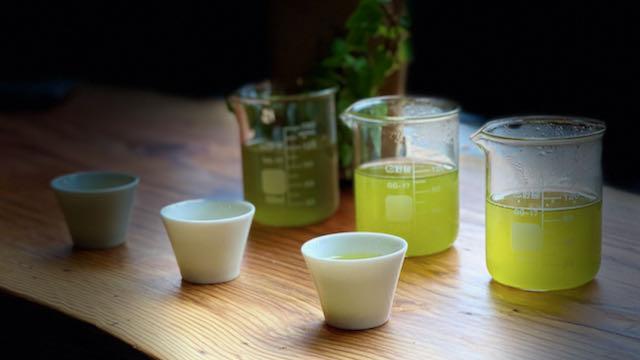MUSASHI - Handcrafting and Brewing an Iconic Tea from Mimasaka
MUSASHI (Mimasaka Bancha) is fascinating because, unlike the vast majority of tea in Japan, it is still handcrafted as it was 100 years ago. Importantly, it also happens to be delicious.
Origin: Mimasaka, Okayama, Japan
History:
Myoan Eisai (明菴栄西), widely acclaimed as the "father" of Japanese tea, was born in what is now Okayama in the 12th century. While most of the tea planted by Eisai and his followers was concentrated near Kyoto, it is very likely that a few seeds made their way to Okayama.
The first records of tea production in the region date back to the Muromachi Period (1336–1573), when tea consumption was popular in local monasteries.
Another key figure in this story is Miyamoto Musashi (1584–1648), a renowned painter, tea practitioner, and arguably Japan's most famous samurai. He was a native of Mimasaka and, according to local lore, a big fan of the humble but delicious tea from his home region.


Today, this tea is increasingly rare in Japan. As of 2024, only two commercial producers remain, and their harvests are minuscule compared to most modern Japanese farms. One of these producers is our friend, Mr. Kobayashi (second from the right in the photo), whose family has been handcrafting Mimasaka Bancha since the 1800s.

Tasting Experience: juicy, full bodied dried fruit with a toasty finish, reminiscent of hojicha.
Handcrafting Process:
Mr. Kobyashi, one of the two producers that we've met, follows the following process.
1) Harvest leaves from these 'zairai' bushesin mid summer. Small leaves, large leaves, twigs, little branches—everything works.





Brewing:
- This tea is traditionally brewed with boiling water (~4g / 240ml, ~ 3 minutes). It is a very lenient tea that will be delicious even if your brewing parameters are not perfect.
- An iced tea brew is also excellent. For the latter, make a concentrated infusion (4g / 240ml, 5 minutes) and serve over ice.




Comments